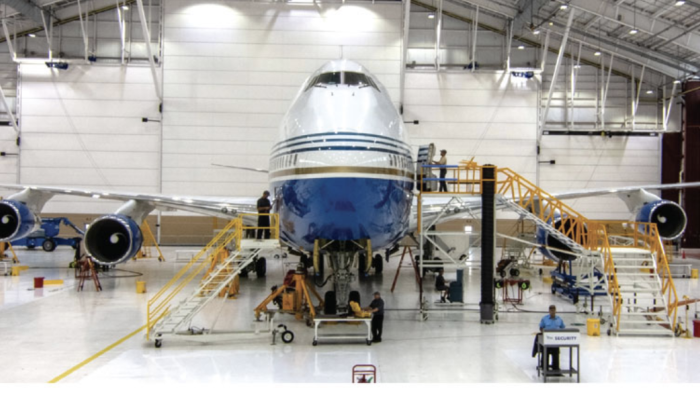StandardAero Business Aviation has completed more than 19,000 engine core zone and major periodic inspections on the Honeywell TFE731 turbofan, the MRO provider said at NBAA 2016. The Arizona-based company has been servicing the popular engine for nearly four decades, and in addition to those heavy maintenance events, it has also responded to more than 5,000 customer requests for mobile services on the engine during that time frame.
Yet, while the TFE731 has been a constant revenue source for the company, it can clearly see the writing on the wall. “I think the biggest challenge with 731s is the age of the fleet,” said Brian Campbell, the company’s vice president of global sales and customer service. “They’re getting old, hull values are down, Bluebook values are down. The question for StandardAero to figure out is what next engine project takes us on another good 40-year run like 731 has, and that’s the HTF7000.”
In March, Honeywell authorized StandardAero (Booth 2296) as the only worldwide heavy maintenance provider on the engine, which powers the Challenger 300/350, Gulfstream G280, Embraer Legacy 450/500 and Cessna Citation Longitude. There are currently more than 1,500 of these powerplants in service.
The company has ramped up its maintenance program with more than 40 OEM-trained inspectors and technicians and five authorized service locations globally. It also added nine mobile support teams.
In addition, it has invested $6 million in tooling and expects to have $9 million in available parts inventory by the end of the year. For customers that require heavy maintenance or engine removal, it also has eight rental engines for the Challenger 300 platform split between North America and Europe.
This focus has come at a price, according to StandardAero CEO Russell Ford. “Frankly, that was a $50 million investment decision for us, from which we won’t see a single dollar for at least five years.”
This year, the company completed its 13th twelve-year BBJ inspection, the most by any in the industry. It plans next year to capitalize on that experience by launching a power-by-the-hour program for the aircraft, which will cover the engines, airframe and interior.
“We’re going after the some of the larger Gulfstream markets to try and put them in a BBJ,” said James Colleary, president of StandardAero subsidiary Associated Air Center. “We’re trying to show how we can come out with fixed costs for them from a maintenance standpoint going forward. We can do all three in-house.”







